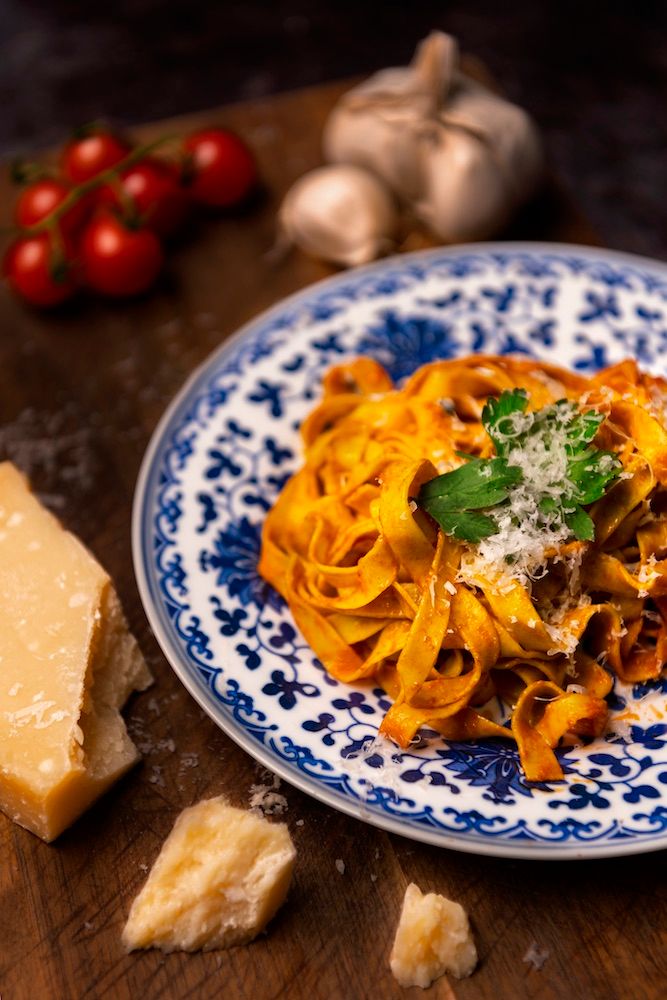Blog>Top Five Tips for Food Photography (Instant Results)
Top Five Tips for Food Photography (Instant Results)

Amber Callender
2023-02-23T14:32:00.000Z
We can all appreciate a great shot of some good food, but there’s a lot more to crafting an image than a simple point and shoot. We asked our in house photographer Mat to share his top food photography tips and tricks to get mouths watering.
Make sure the food is prepped and dressed properly
Before shooting, you’ll need to dress your food, much like you would a model. It’s all about the visual, so the focus should be on appearance rather than taste. There are a lot of industry hacks out there for creating the tastiest shots.
For the burger shot, Mat used a lighter to brown the edges of the bun and picked the prettiest looking salad leaves. He then brushed the burger with vegetable oil to give it that glisten. Remember, the food doesn’t have to be tasty, it just needs to look tasty!
Find the best angle
The angle varies depending on what you’re shooting. A plate is usually shot top down, from a birds eye view, to best showcase all the elements, whereas a burger is best shot side on to show the layers.
Choose a unique feature of the food to hone in on and highlight this using compositional techniques, such as diagonal framing or the rule of thirds.
In this image, the burger has been centred in the lower third, with the knife acting as the central anchor. Mat recommends shooting at a forty five degree angle to best show depth.
Use the right kit
This doesn’t mean using the most expensive gear, just the right gear! Let’s take a look at the best lens for food photography. A longer lens is best for showing depth of field. Mat recommends a 90 mm to 100 mm lens for food photography, though anything above 50 mm will do the job. A longer lens will allow you to focus in on one point without any distraction.
Best food photography lighting
Soft light is used to replicate natural light, whereas hard light is used to cast defined shadows. Daylight is your best friend if you don’t have access to lighting equipment.
Finding the best food photography backdrops and backgrounds does not have to be rocket-science, either! Position your subject next to a window and use black and white boards to direct the light.
Simplify your composition by limiting colour
Reduce any distracting colour from the image to ensure your subject is the main focal point. In this image, Mat has limited the background colour to grey, so the viewer focuses on the burger.
When editing your image, aim to have the white balance as true to life as possible. The subject should be the brightest point in the image.

Keen to set up a photography-session with us? Read more about our photography services here.
Our use of cookies
onqor.com uses cookies, some are necessary for the operation of the website and some are designed to improve your experience. For more information, click here.
Necessary cookies
Are essential to move around onqor.com and use its core functionality and enhanced features. Without these cookies, services you have asked for cannot be provided.
Functional cookies
Allow onqor.com to remember choices you make to give you better functionality and personal features.
Performance cookies
Help improve the performance of onqor.com by collecting and reporting information about how you use the website.